Stone of Destiny takes centre stage at new £27m Perth Museum
- Published
The ancient symbol of Scots monarchy is on display in the new Perth Museum
Perth Museum opens its doors this weekend with the Stone of Destiny as its centrepiece, following a £27m redevelopment of the former city hall.
The ancient symbol of Scotland's monarchy, was seized by King Edward I of England in the late 13th Century and remained in England for 700 years.
It was returned to Scotland in 1996.
While the star attraction has garnered the most attention, the museum aims to put Perth and Kinross "at the centre of Scotland's story".
Its collection includes the 3,000 year-old Carpow Logboat, which was excavated from the River Tay in 2006.
The museum breathes new life into a building that was almost demolished.
City Hall, which had hosted gigs by The Kinks, Cream, and The Who in the 1960s, became redundant as an arts venue after Perth Concert Hall was completed in 2005.
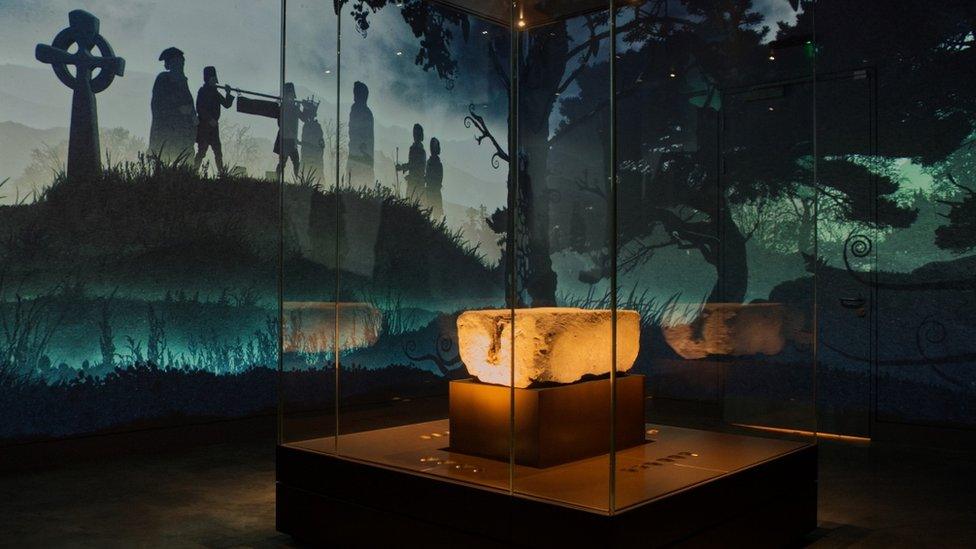
The Stone of Destiny is the centrepiece of the new Perth Museum
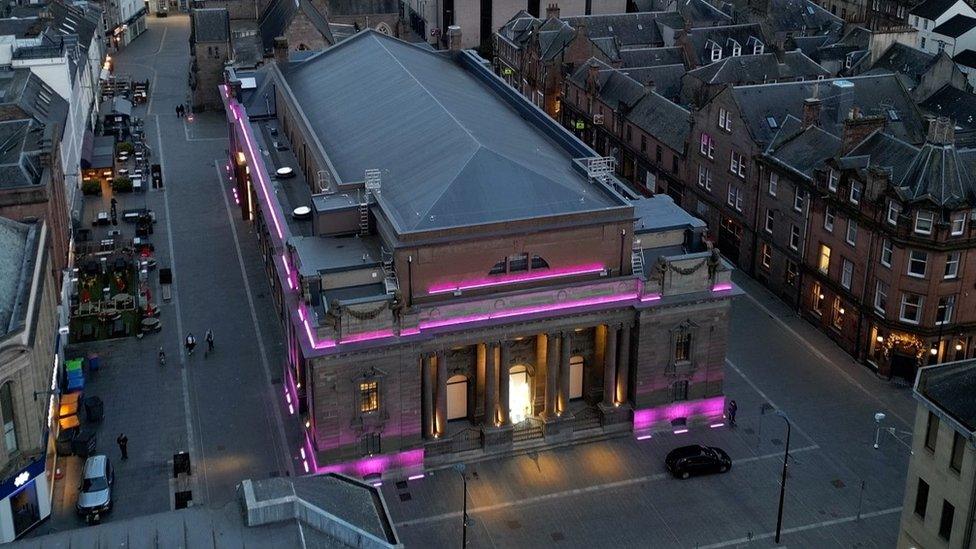
The building escaped demolition after falling out of use in 2005
The council originally voted to demolish the listed building to make way for a new city square, but later changed its mind.
Proposals for the building included converting it into a luxury hotel or a food hall.
But a proposal was put forward in 2016 to redevelop the building into a museum as a new home for the Stone of Destiny, also known as the Stone of Scone.
The Stone of Destiny formed part of the coronation chair on which kings and queens were crowned - most recently during the coronation of King Charles last year.
It was returned for permanent display in Scotland in 1996 and placed in Edinburgh Castle.
Almost three decades later, under tight security, it has moved to its new home in Perth. Its backdrop is an animated presentation on its chequered history and return to Perthshire after 700 years.
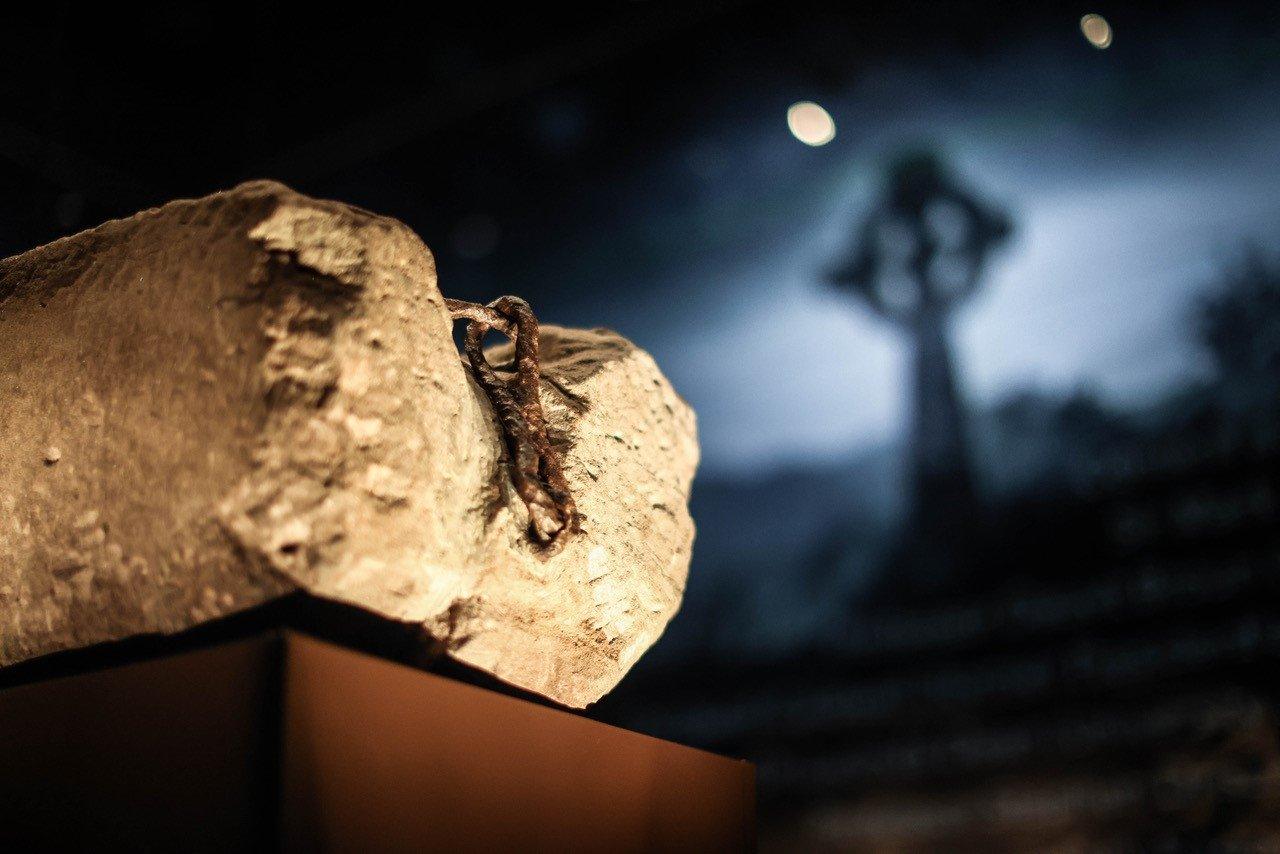
The Stone of Destiny is accompanied by a ten-minute animated film telling its story
Culture Perth and Kinross exhibitions manager JP Reid said: "Interestingly, it's a live ceremonial object, so it's back down for coronations and other ceremonial use.
"So, inevitably, given its back history of numerous removals in the past, the security profile is extremely high for the building.
"The new building itself has effectively been built around the security provision for the stone."
The stone sits alongside more than 3,000 local objects, spanning 10,000 years.
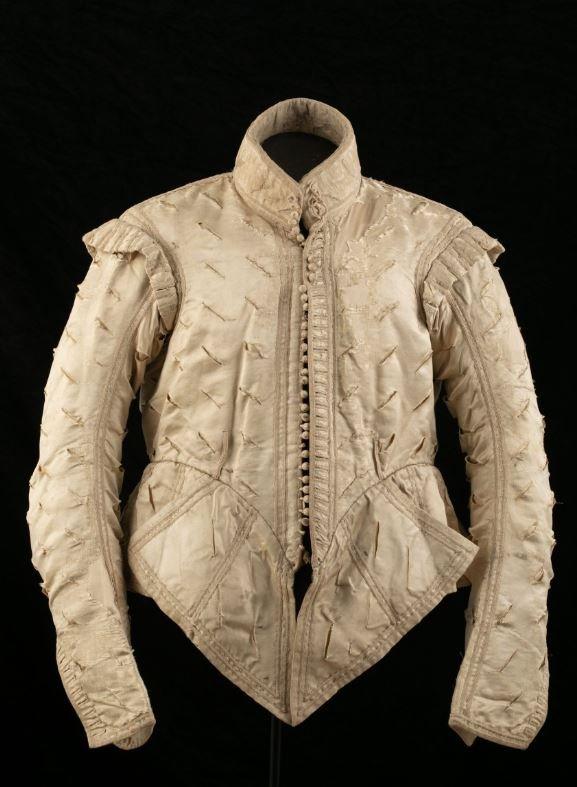
A slashed silk doublet from the 1620s is part of the museum's collection
Mr Reid said: "This collection has some outstanding material that is unique in the world.
"We've got a slashed silk doublet, which is made in the 1620s and is in incredible condition - it looks brand new.
"We also have outstanding carved Pictish crosses, which are being interpreted in new ways for the first time."
Mr Reid said the building was the perfect place to tell the story of the local area.
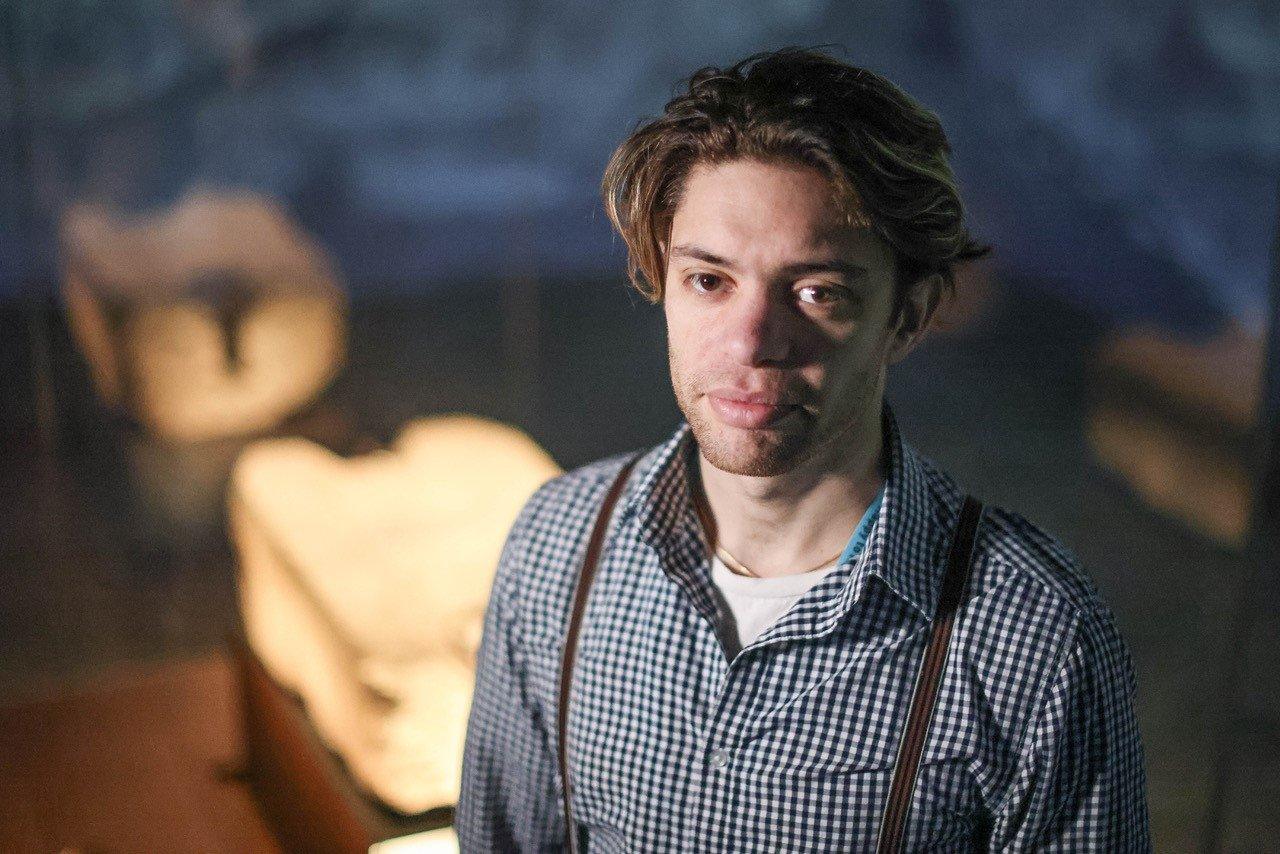
JP Reid said said security around the Stone of Destiny is "extremely high"
He said: "When we first started working on the site it had been empty for 15 years.
"But we really recognised how prominent and important this building was in the lives and story of Perth and Kinross.
"It's really exciting to see it come back to life."
The museum is funded by a £17m investment from Perth and Kinross Council and £10m from Tay Cities Deal funding from the UK government.
In December 2020, then First Minister Nicola Sturgeon confirmed that the bid for the Stone of Destiny to move to Perth had been approved by Queen Elizabeth II.
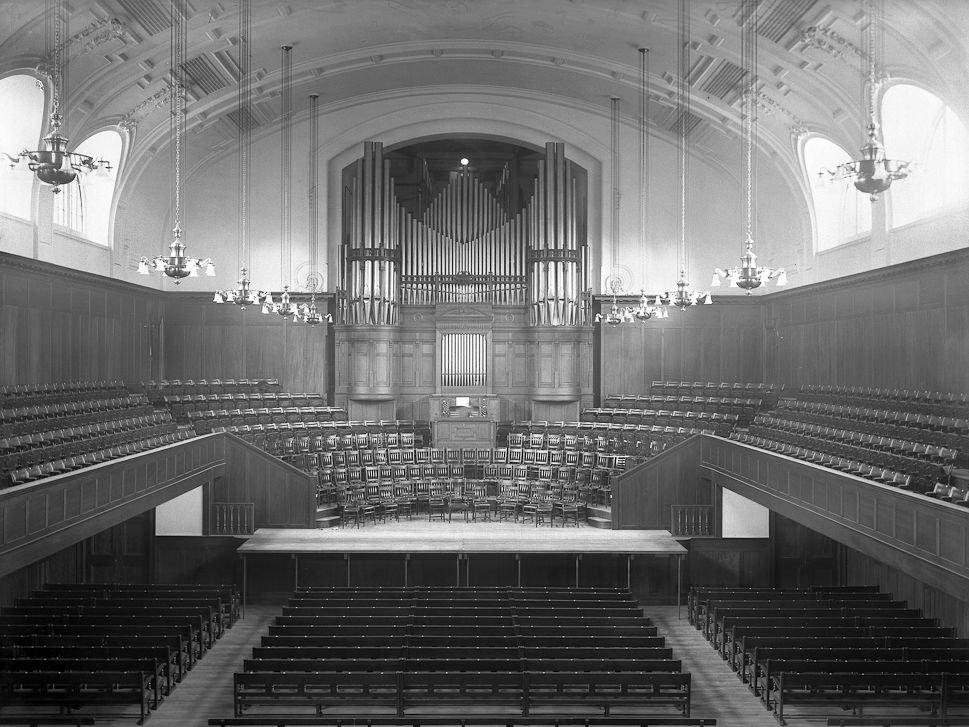
The former Perth City Hall, pictured here in 1911, was used for events and concerts
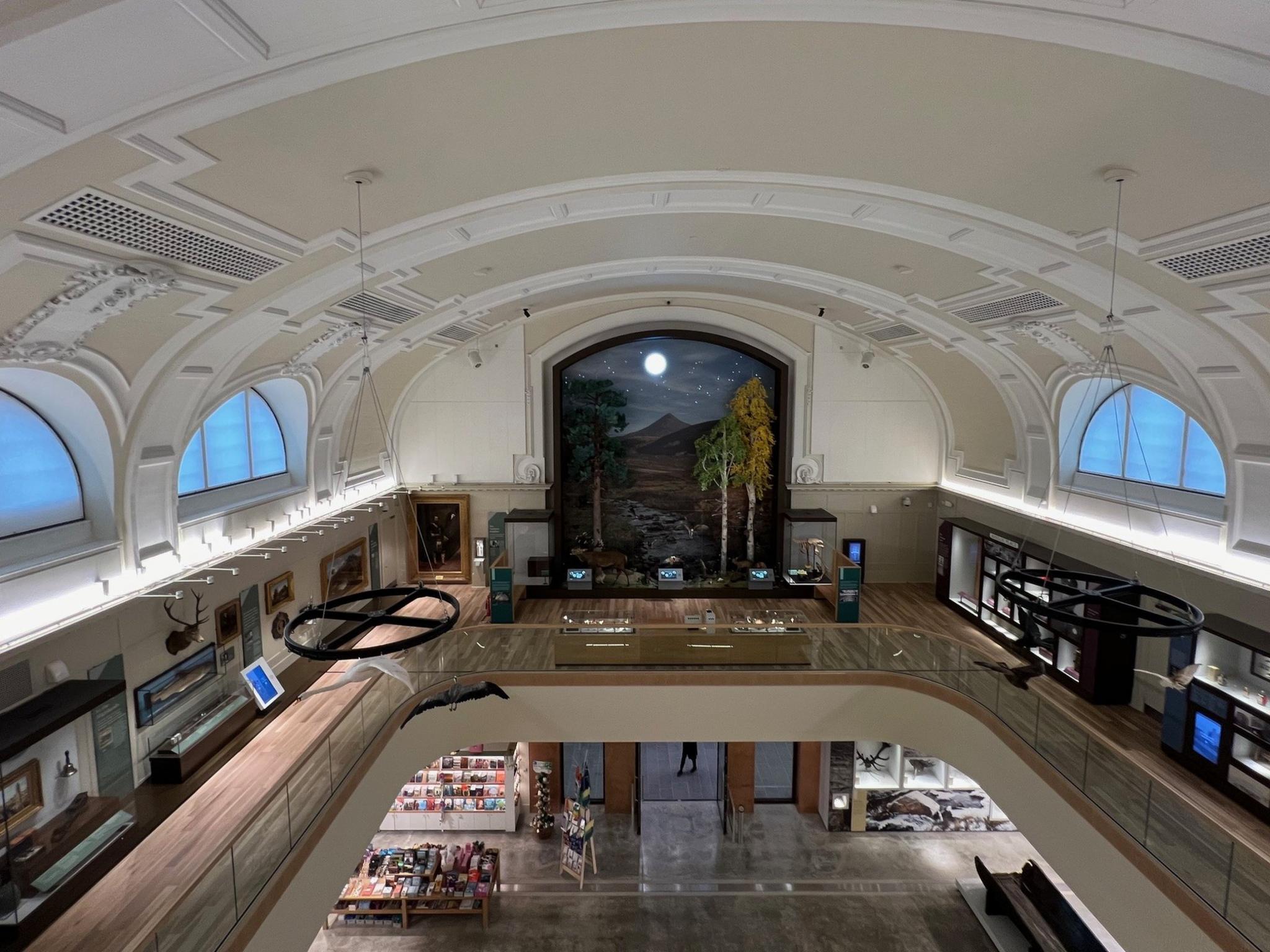
Construction work began in early 2021 and was completed in August last year.
Entry to the museum is free but advance booking is required, external to see the Stone of Destiny, although limited on-the-day tickets will be available.
Culture Perth and Kinross's chief executive Helen Smout said the museum was probably the biggest cultural project Perth had seen in two centuries.
She said: "I think there was recognition that Perth needed to have more on offer to perform as well as it could.
"A lot of tourists bypassed Perth and went straight for the beautiful scenery, and people who did come here didn't necessarily spend very long."
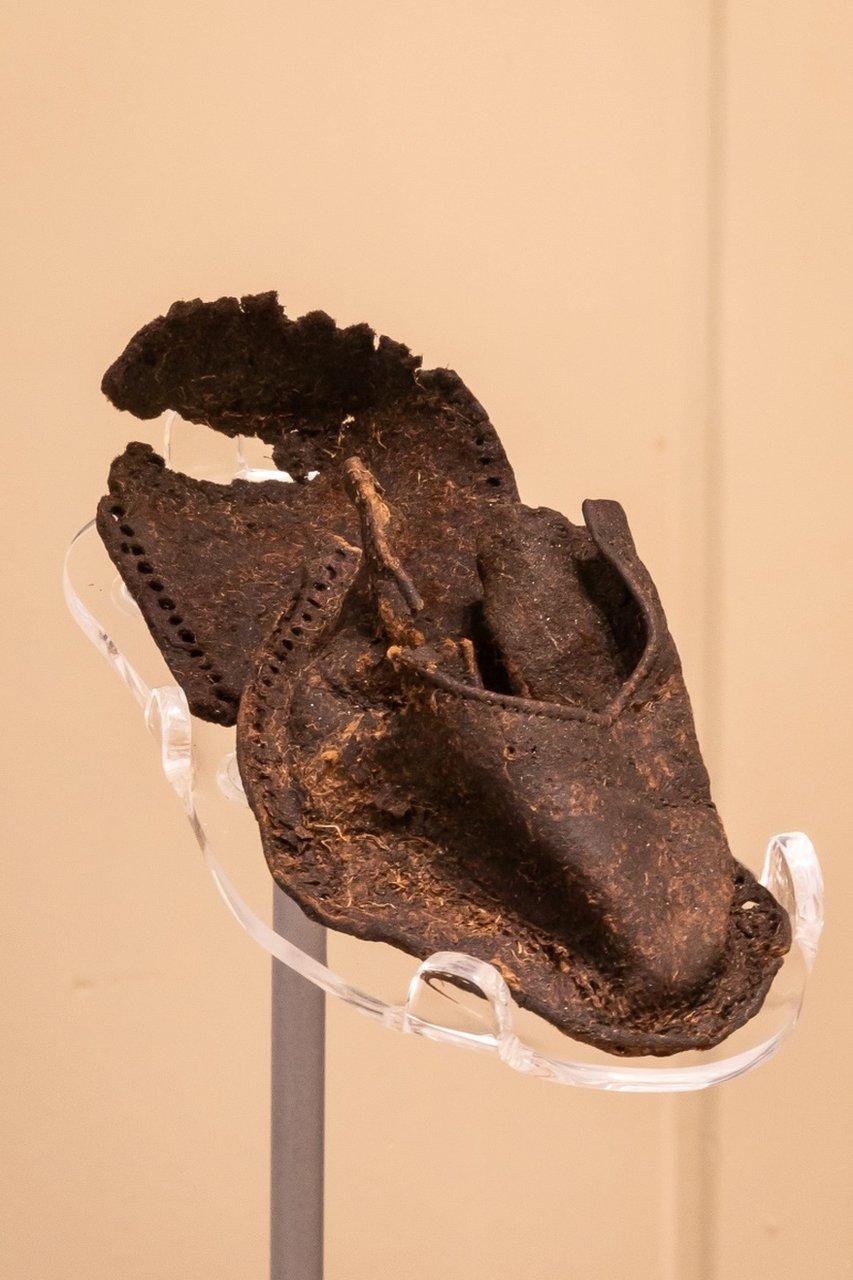
A child's shoe, believed to be from a family forced from their home during the Highland Clearances, is also featured


I think I may have found the perfect-sized museum.
Perth Museum is packed full of eclectic treasures that tell the story of Perth and Kinross and wider Scotland and its identity through the ages.
It's large enough to do that story justice and small enough that you can view the entire collection without getting museum-fatigue.
The immersive experience they've created around the Stone of Destiny is a real highlight and helps reflect an object of great historical significance even today (and is back in Perth after more than 700 years).
But who wouldn't also want to see a sword belonging to Bonnie Prince Charlie (never on public display before), a cast of the heaviest British rod-caught salmon (by a Miss Ballantine in 1922) or a bronze age logboat preserved in the peaty soil of the area for centuries?
There's much more.
And next to a section on the Georgians - with some beautiful jewellery and clothing - is a cabinet containing the remains of a child's tiny battered leather shoe.
It's believed to belong to a family forced from their home by the landowner, the Duke of Atholl, in the late 18th or early 19th century as part of the Highland clearances.
This new museum's centrepiece is the Stone of Destiny - and no doubt will be the draw for many (the pre-bookable tickets to see it on the opening weekend sold out in just 13 minutes).
But the shoe remains with me even more, a haunting reminder of how big economic change can come at a cost.

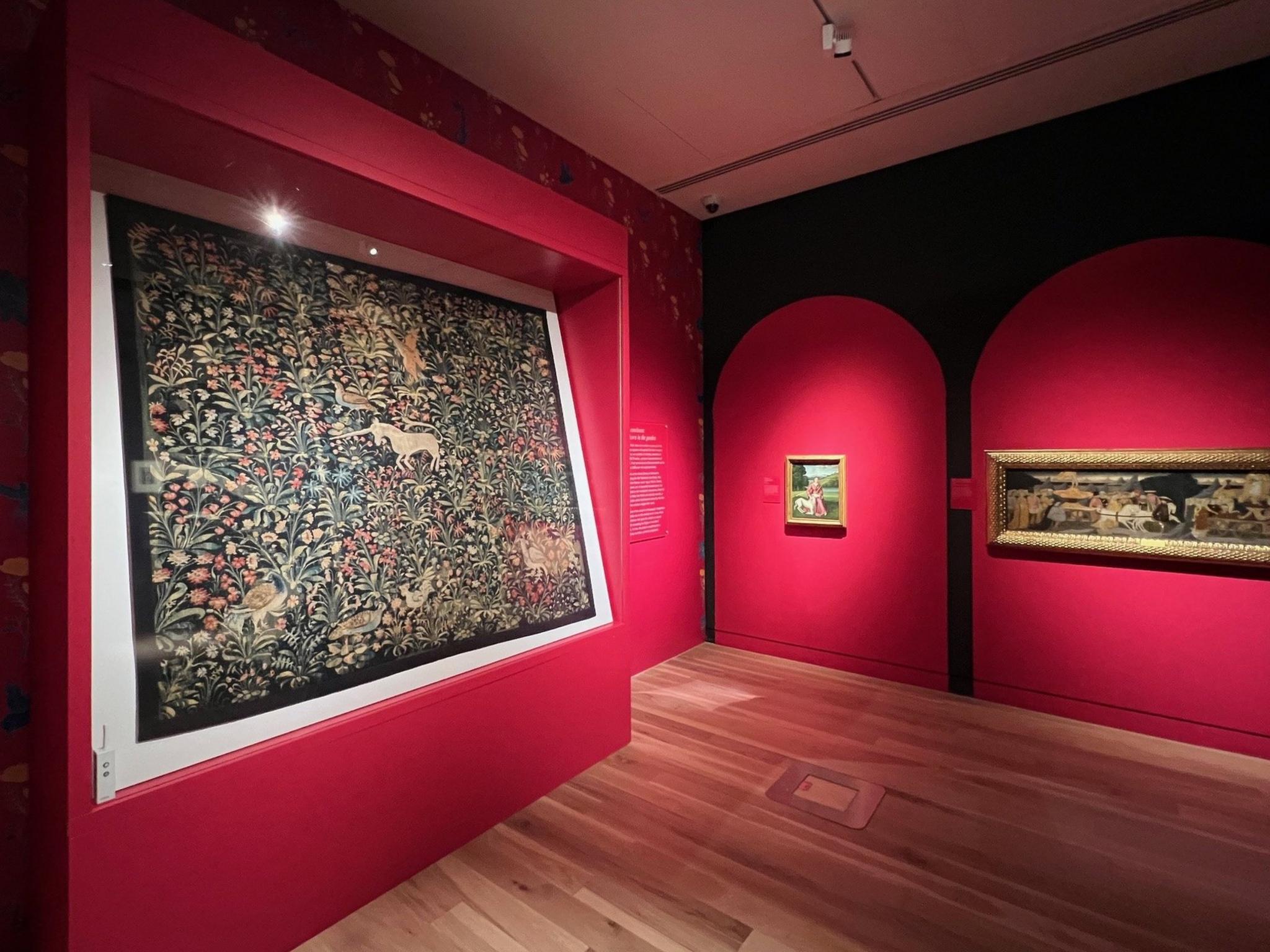
A tapestry from 1500 features in the museum's Unicorn exhibition
Ms Smout said that although it took a while to settle on the building, it had been "a lightbulb moment" when the decision was finally made.
She said: "We're telling 10,000 years worth of history in this museum and actually the Stone's place in that narrative feels very natural.
"You move from that early medieval period, through the Stone experience and then into later.
"You understand the structure of the region and power systems in those days, but also how that continues to influence the city of Perth to this day."
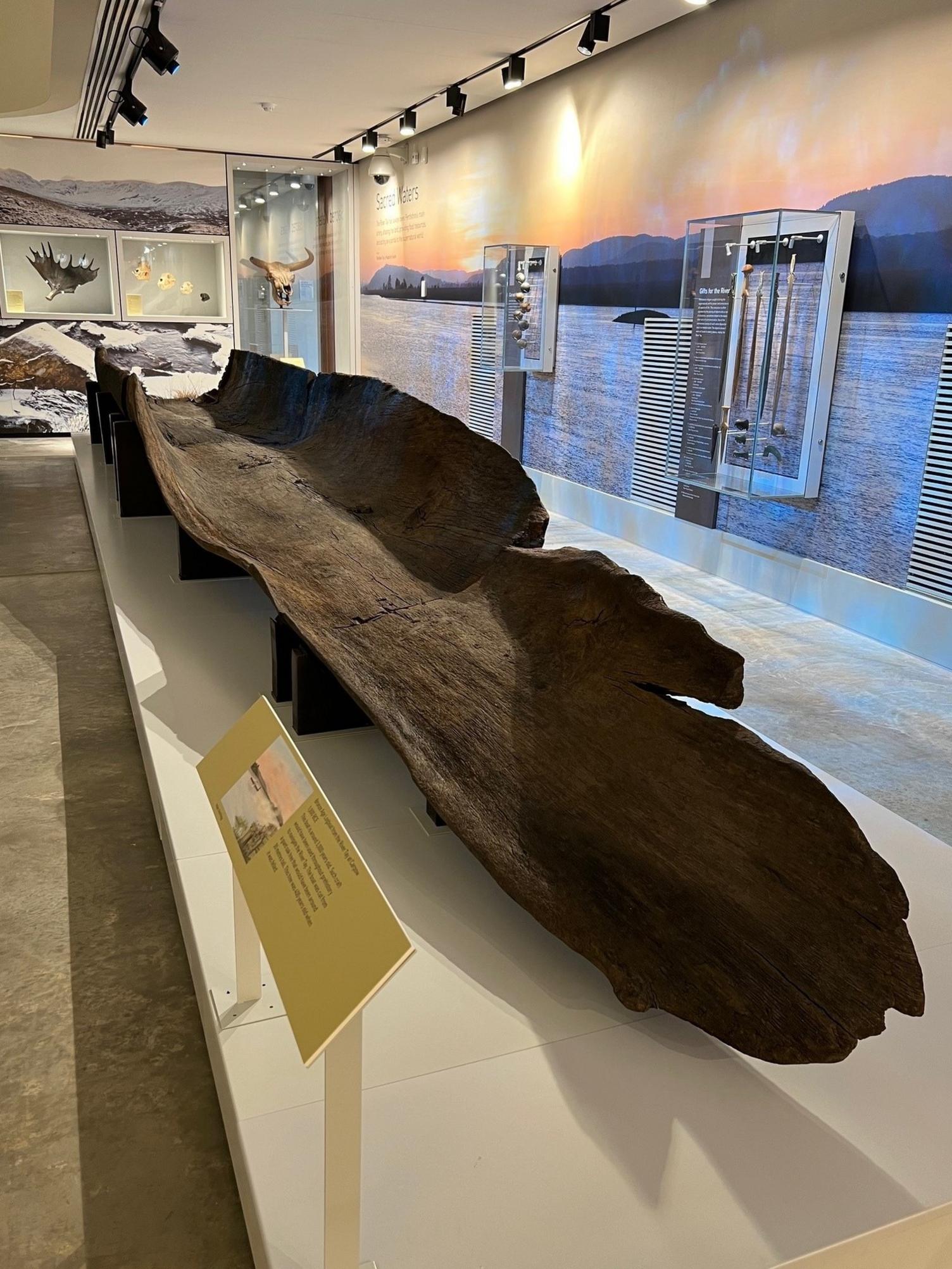
The 3,000-year-old Carpow Logboat is one of the highlights of the museum's permanent collection
Related topics
- Published28 April 2023
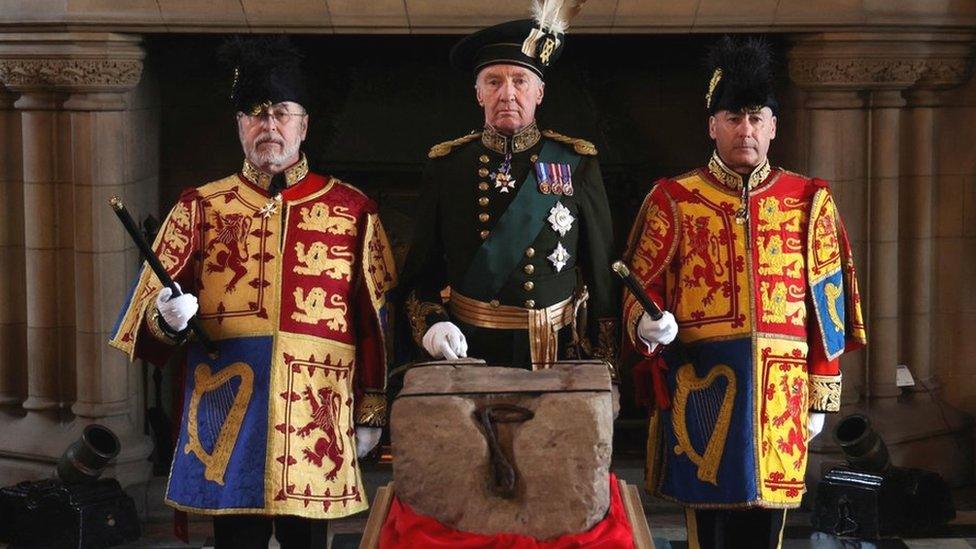
- Published24 March 2023
